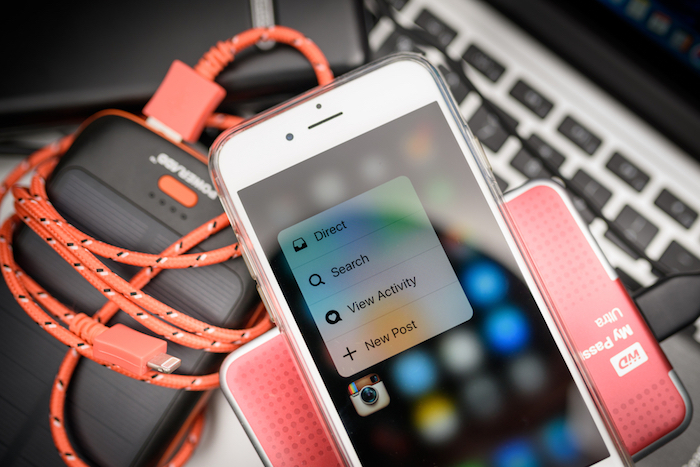
Retailers have looked everywhere for the silver bullet to mobile checkout conversion. For a hot second, the key was in smart and efficient site design. When apps become the platform du jour, a new host of promotions, targeted ads and other add-ons were thought to have cured the ills of cart abandonment.
If anything, mobile retailers’ continued struggle on the conversion front should spell out an inconvenient truth: There never was and never will be a panacea to the issue of bleeding buyers during the path to purchase. However, the biggest update to iPhone interfaces in a while could rekindle hope.
Mobile Commerce Daily has the story of Best Buy‘s new mobile app, which leverages Apple’s dynamic 3D Touch technology to give shoppers a new way to navigate around its listings. While other retailers have incorporated 3D Touch into their mobile apps before, Best Buy’s use case is unique if only because it represents a market with products that consumers usually put a good deal of time and effort researching before pulling the trigger. Obviously, in-depth comparison research of OLED televisions or laptops on a mobile device is infuriating at best and impossible at worst, but 3D Touch has opened up new, intuitive navigation options for Best Buy’s mobile customers.
Now, instead of tapping through endless product pages, Best Buy mobile shoppers can long-press an item to see it in more detail and reveal an “Add to Cart” button. Users can also repeat this process with multiple items to compare prices and specifications — a seemingly small but potentially game-changing decision, according to mCordis Managing Partner Michael Becker.
“The key benefit of these the two new features in the recent Best Buy app release — [3D Touch] product comparison and add to cart provide one key benefit: friction reduction,” Becker told Mobile Commerce Daily. “They reduce the steps of decision-making and streamline the individual’s experience. This is a great example of one of the core tenets of connected marketing.”
The possibilities of 3D Touch aren’t exactly a secret in retail. Among others, Macy’s, Expedia and Starbucks have already thrown in with the new technology when it comes to optimizing the mobile path to purchase. And while it would be, in no small part, surprising to hear that Best Buy or any of the aforementioned 3D Touch early retail adopters have smoothed out every wrinkle in mobile commerce, it has been very encouraging to see that the common response to this new way of navigating a retail setting on mobile has been to embrace it fully.
Why does that matter? Because virtual reality is coming with nothing but new ways of navigating the retail setting, and if merchants aren’t ready to drop their preconceived notions faster than their shoppers will, it’ll be game over before they know it.
Virtual reality-enhanced retail won’t benefit from 3D Touch, of course, but eBay Australia’s partnership with the Myer department store chain shows that brands are better off divesting themselves of the notion that their products need to live in neat spaces on shelves and pages. Jooman Park, managing director of eBay Australia and New Zealand, explained in a statement the process by which eBay is training its customers to navigate with their eyes instead of their hands and fingers — a transition that necessarily eschews a good deal of common sense eCommerce has accumulated in the pre-VR years.
“It’s been important to us that we don’t just replicate the eCommerce experience in a virtual environment,” Park said. “We are taking the best elements of traditional retail and expanding on them to improve browsing, selection, personalization and efficiency.”
“Improve” might connote incremental change, but what mobile (and, gasp, VR) retailers need to acknowledge is not a step forward but a leap across the aisle when it comes to next-generation commerce. Whether it comes in small ways, like 3D Touch, that tweak a user interface or paradigmatic ones, like an entire store in virtual reality, this is the kind of change that consumers will roll along with, which must hold true for (successful) retailers, too.